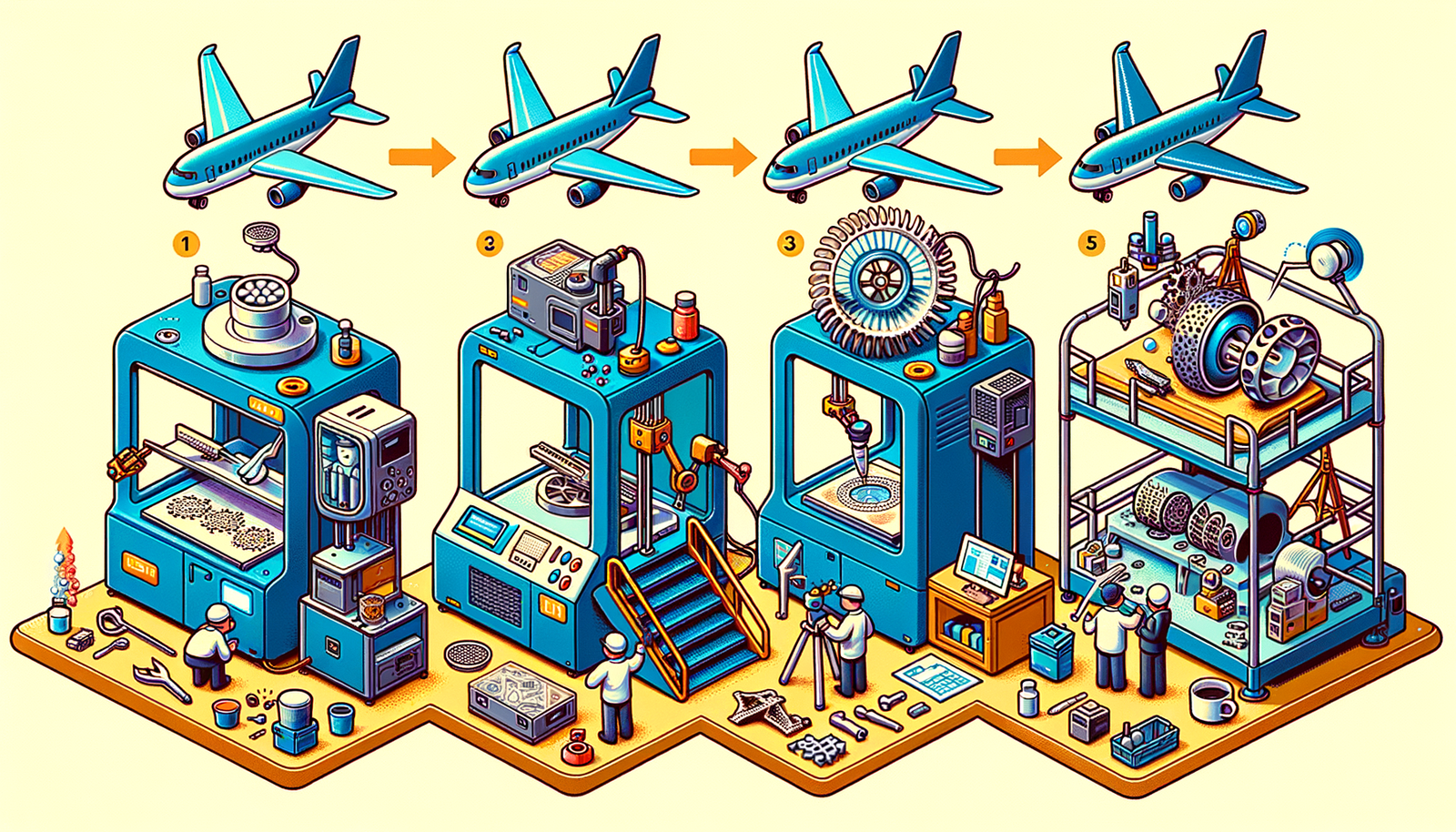Your Cart is Empty
Customer Testimonials
-
"Great customer service. The folks at Novedge were super helpful in navigating a somewhat complicated order including software upgrades and serial numbers in various stages of inactivity. They were friendly and helpful throughout the process.."
Ruben Ruckmark
"Quick & very helpful. We have been using Novedge for years and are very happy with their quick service when we need to make a purchase and excellent support resolving any issues."
Will Woodson
"Scott is the best. He reminds me about subscriptions dates, guides me in the correct direction for updates. He always responds promptly to me. He is literally the reason I continue to work with Novedge and will do so in the future."
Edward Mchugh
"Calvin Lok is “the man”. After my purchase of Sketchup 2021, he called me and provided step-by-step instructions to ease me through difficulties I was having with the setup of my new software."
Mike Borzage
Revolutionizing Design Collaboration with 5G: Enhancing Remote Workflows and Connectivity
July 12, 2024 3 min read


The advent of 5G technology is poised to revolutionize numerous industries, ushering in an era of unprecedented connectivity and digital innovation. The design and creative fields, in particular, stand on the cusp of a major transformation, powered by the capabilities that 5G brings to the table. This breakthrough in wireless technology, characterized by its higher bandwidth, lower latency, and increased connectivity, promises to enhance remote collaboration, making it smoother, faster, and more efficient than ever before.
Introduction to 5G and Its Potentials
5G, the fifth generation of wireless technology, differentiates itself significantly from its predecessors. It is designed to provide a quantum leap in speed, reducing latency to near-instantaneous levels and supporting a massively interconnected world where millions of devices can communicate effectively with each other. These characteristics are particularly beneficial for the design industry, which has increasingly embraced remote work and collaboration across global teams.
- Higher bandwidth allows for the transfer of large design files quickly.
- Lower latency ensures real-time communication and collaboration.
- Increased connectivity supports a larger number of devices simultaneously.
Enhancing Collaboration in Design Workflows
The potential of 5G to facilitate real-time collaboration across global teams is unprecedented. Designers can now work together seamlessly, regardless of their physical location, sharing ideas, iterations, and feedback instantaneously. This is a game-changer for collaborative design software and platforms, particularly in areas such as:
- Real-time rendering and simulation.
- Cloud-based design tools and version control systems.
These tools, empowered by the capabilities of 5G, can significantly improve project timelines and efficiency. The ability to work on complex simulations in real-time or to collaboratively tweak designs without the lag that hampers current remote work setups can transform how projects are executed and delivered.
Transforming Remote Design Processes
The impact of 5G extends beyond mere collaboration; it fundamentally transforms the entire remote design process. Designers can now operate from anywhere without the compromises previously dictated by network limitations. This is particularly evident in the way 5G handles file sharing, especially with large design files and 3D models that are critical to modern design workflows. Furthermore, 5G supports both synchronous and asynchronous communication and enhances the use of project management tools, making remote work more viable and efficient.
One of the most exciting aspects of 5G in the design world is its role in enabling virtual and augmented reality (VR/AR) for design reviews and client presentations. The low latency of 5G removes the barriers to immersive, real-time interactions with 3D models and design environments, opening up new possibilities for remote collaboration and client engagement.
Future Possibilities and Challenges
As we look to the future, the ongoing advancements in 5G technology herald a new era for design, with emerging technologies such as AI-driven design, generative design, and additive manufacturing standing to benefit immensely. These technologies, when coupled with 5G, could significantly reduce design cycles, enhance creativity, and pave the way for innovations that we can scarcely imagine today.
However, the transition to a 5G-driven design workflow is not without its challenges. Issues such as infrastructure readiness, security concerns, and the costs associated with upgrading to 5G-capable devices and systems pose significant hurdles. Additionally, the design industry must navigate the complexities of integrating these new technologies into existing workflows in a way that is seamless, efficient, and secure.
The vision for the future, however, remains overwhelmingly positive. With continuous advancements in 5G, we can anticipate even greater enhancements to remote collaborative design, potentially touching on smart cities, the integration of IoT in design processes, and beyond. The possibilities are as vast as the bandwidth that 5G offers.
Conclusion
In conclusion, the transformative potential of 5G for remote design collaboration cannot be overstated. As we stand on the brink of this new digital era, it is imperative for professionals within the design industry to prepare for the changes that 5G will bring. Embracing these advancements, while navigating the challenges they present, will be key to unlocking the full potential of remote collaboration. The future of design, powered by 5G, promises to be more connected, efficient, and innovative, heralding an exciting new chapter for designers around the world.
Also in Design News

Design Software History: The Evolution of 3D Printing in Aerospace: From Prototyping to Production
November 27, 2024 7 min read
Read More
Cinema 4D Tip: Optimizing Workflow with Team Render in Cinema 4D
November 27, 2024 2 min read
Read MoreSubscribe
Sign up to get the latest on sales, new releases and more …



